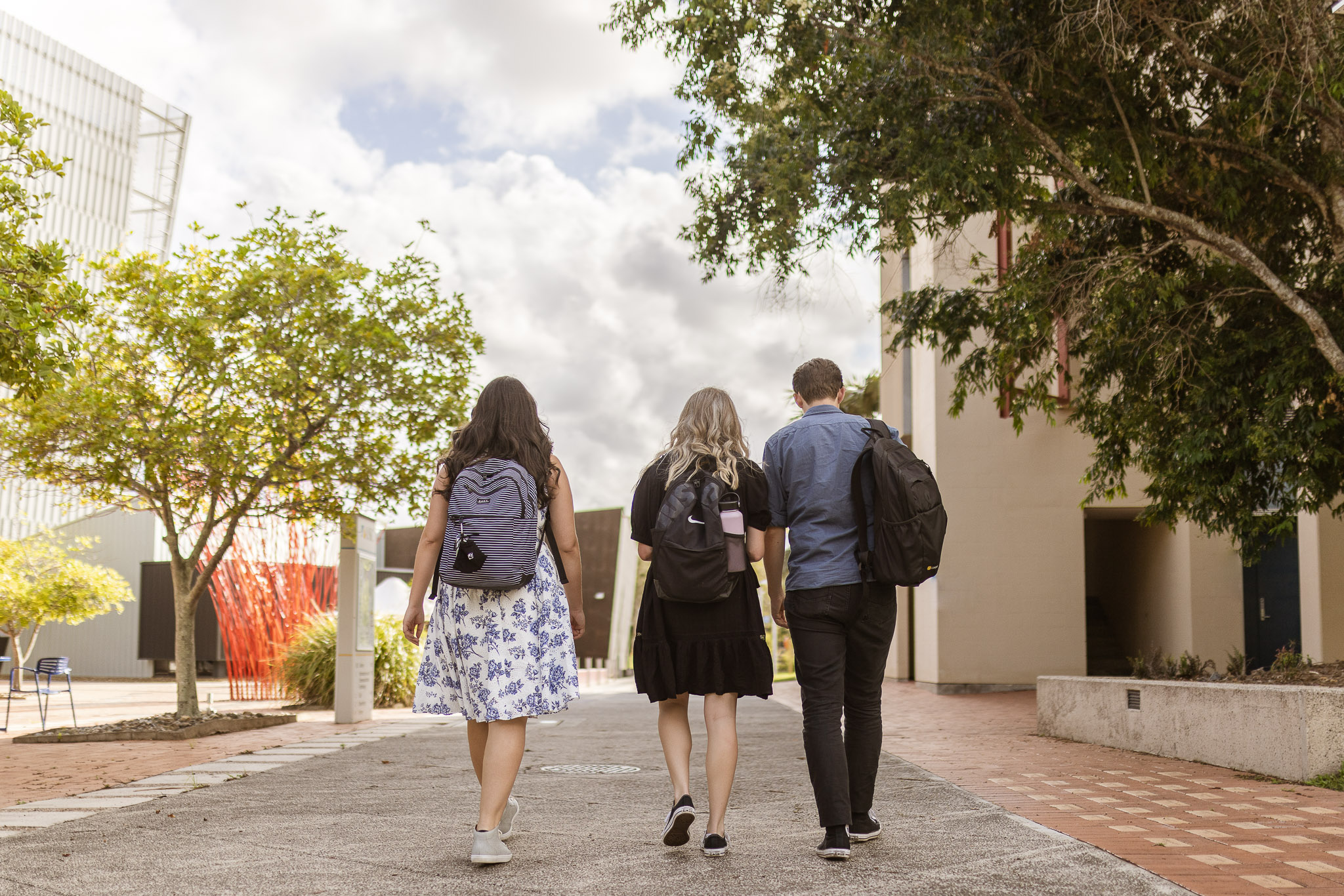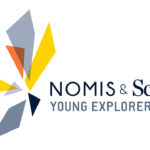The Power of Fuzzy Expectations: Enhancing Equity in Australian Higher Education
Courtney Geritz and Maria Raciti reflect on the inequalities that prompted their article, “Enhancing Equity in Australian Higher Education using Fuzzy Trace Theory,” which was recently accepted in the Australasian Marketing Journal.
Educational inequality is a wicked problem in Australia and abroad. This inequality is particularly prevalent with regional and remote (RR) university students, who are underrepresented in higher education. The Australian government formally identifies RR students as an equity group due to the complex challenges they face in their transition to university, resulting in them being less likely to access and succeed in university studies. The transition from high school to university can be a daunting experience for many students, especially for those from RR backgrounds, as they attempt to reconcile their preconceived expectations with the realities of higher education.
Having experienced firsthand the transformational power of education, the authors wanted to shed light on the contemporary challenges faced by RR students. Indeed, the authors want to make a difference to improve the experiences and chances of success for RR students. In this study, the authors focused on the mismatch between RR students’ expectations and experiences, using a theory uncommon to this topic, fuzzy trace theory, to unlock new insights.
The catalyst for this research, like many student-focused studies, was the COVID-19 pandemic, which not only revealed the constraints of decades of growing marketisation on Australian higher education but also a significant change in how students engage with their university. New virtual and hybrid teaching delivery models profoundly changed the ‘grand script’ between universities and their students.
The most challenging part of this research was bringing the study to a close. The stories of each participant’s expectation-experience mismatches and their struggles to reconcile these were both illuminating and inspiring. Participants’ overwhelming desire to make sense of and resolve their mismatches so as to succeed in their student journey was incredibly uplifting. Their overwhelming sense of optimism about their journey and their belief in their ability to shape this experience breathed new life into this work with each interview.
This research is novel in many ways. It extends the well-known cognitive dissonance framework to explore the impact of fuzzy-trace theory gist-based representations shaped by university marketing communications in the years before they commence study. It also draws direct links to dissonance reducing behavior and satisfaction outcomes. Our findings add to theory but more importantly, provide direction for university marketing communications practices. Better alignment between university marketing communications and that actual post-COVID-19 university experience will do much to set RR students up for success. The authors are hopeful that this research will be adopted by Australian universities, and perhaps universities abroad, to make a real difference for RR students.


























































































